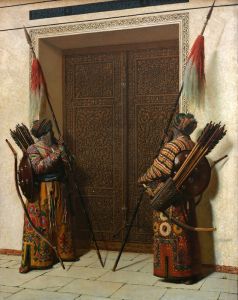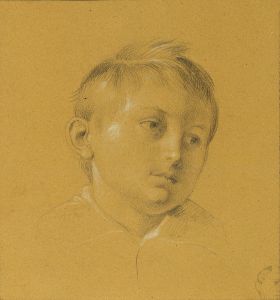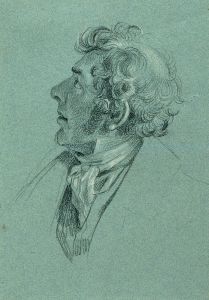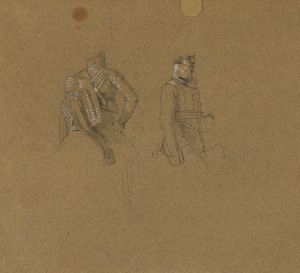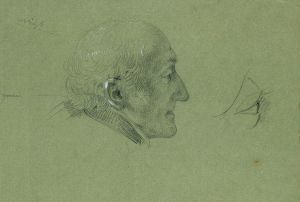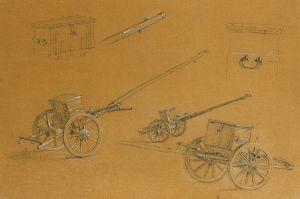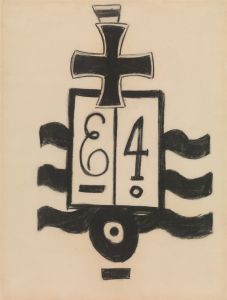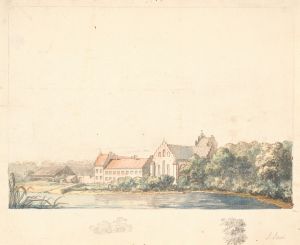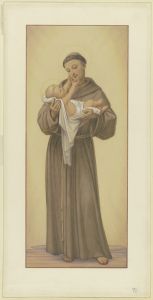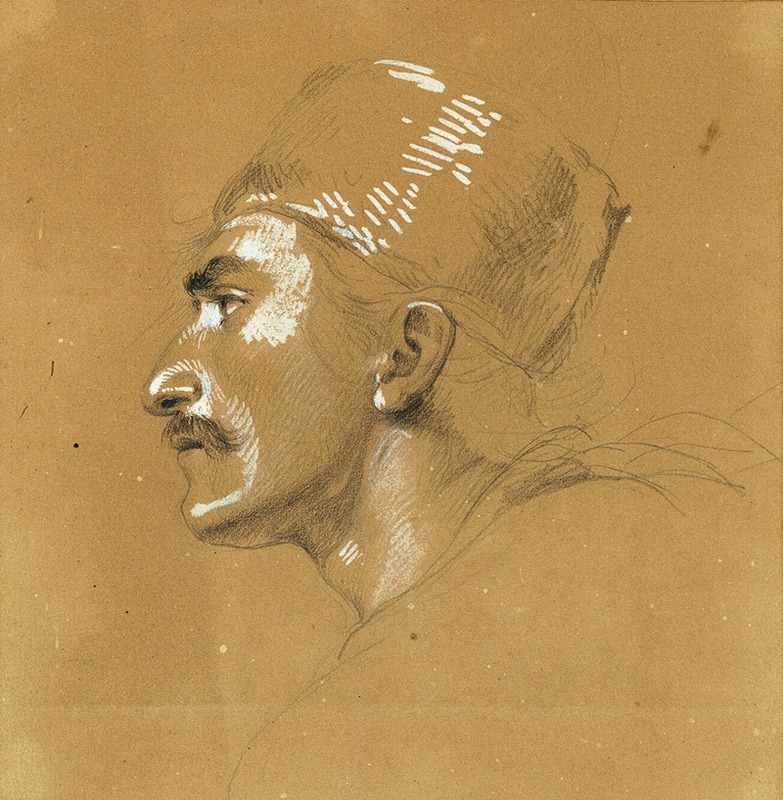
Porträtstudie zum ‘Ausfall Nikolaus Zrinys vor der Festung Szigeth’
A hand-painted replica of Johann Peter Krafft’s masterpiece Porträtstudie zum ‘Ausfall Nikolaus Zrinys vor der Festung Szigeth’, meticulously crafted by professional artists to capture the true essence of the original. Each piece is created with museum-quality canvas and rare mineral pigments, carefully painted by experienced artists with delicate brushstrokes and rich, layered colors to perfectly recreate the texture of the original artwork. Unlike machine-printed reproductions, this hand-painted version brings the painting to life, infused with the artist’s emotions and skill in every stroke. Whether for personal collection or home decoration, it instantly elevates the artistic atmosphere of any space.
Johann Peter Krafft was an Austrian painter known for his historical and genre scenes. One of his notable works is "Porträtstudie zum ‘Ausfall Nikolaus Zrinys vor der Festung Szigeth’," which translates to "Portrait Study for 'The Sortie of Nikolaus Zrinyi from the Fortress of Szigetvár'." This painting is a preparatory study for a larger historical composition that Krafft intended to create, depicting a significant event from the 16th century.
The subject of the painting, Nikolaus Zrinyi (also known as Miklós Zrínyi), was a Croatian-Hungarian nobleman and military leader who played a crucial role in the defense against the Ottoman Empire. The event depicted in Krafft's study refers to the Siege of Szigetvár in 1566, where Zrinyi led a heroic but ultimately doomed defense against the vastly superior forces of Sultan Suleiman the Magnificent. The siege is remembered as a significant moment in Hungarian and Croatian history, symbolizing resistance and sacrifice.
Krafft's study focuses on capturing the likeness and character of Nikolaus Zrinyi, preparing for the larger composition that would illustrate the dramatic sortie. In this context, a "sortie" refers to a sudden attack by the defenders of a fortress against the besieging forces. Zrinyi's sortie was a desperate and courageous attempt to break the siege, which ended with his death and the fall of Szigetvár, but it also inflicted significant casualties on the Ottoman forces and delayed their advance.
Johann Peter Krafft was born on September 15, 1780, in Hanau, Germany, and later moved to Vienna, Austria, where he became a prominent figure in the art scene. He studied at the Academy of Fine Arts in Vienna and was influenced by the classical traditions of history painting. Krafft's works often reflect a meticulous attention to detail and a strong sense of narrative, qualities that are evident in his study of Zrinyi.
The "Porträtstudie zum ‘Ausfall Nikolaus Zrinys vor der Festung Szigeth’" is characterized by its detailed rendering of Zrinyi's features, conveying both his determination and the gravity of the situation. Krafft's ability to capture the emotional intensity of his subjects is one of the hallmarks of his style. This study, like many of his works, demonstrates his commitment to historical accuracy and his skill in portraiture.
While the larger composition for which this study was made may not be as widely known or preserved, the study itself remains an important piece in understanding Krafft's artistic process and his approach to historical themes. It provides insight into how he prepared for more complex works and his dedication to portraying historical figures with authenticity and respect.
Johann Peter Krafft continued to produce significant works throughout his career, contributing to the cultural heritage of Austria and the broader European art world. He passed away on October 28, 1856, in Vienna, leaving behind a legacy of historical paintings that continue to be appreciated for their artistic and historical value.





